If the cause of abdominal pain is hepatic colic, you need to know how to help yourself and be cured.
Contents
- Causes of biliary and hepatic colic
- Biliary and hepatic colic, symptoms and treatment
- First emergency aid for biliary and hepatic colic
- VIDEO: Arthrosis massage, hepatic colic
- Diagnosis and prevention of biliary and hepatic colic
- Treatment of biliary and hepatic colic
- Drugs for biliary and hepatic colic
- VIDEO: Gall Bladder
Pain suddenly arising in the abdomen always scares a person. Its possible cause, hepatic colic, speaks of a pathological process in the body, immediately in need of treatment.
Causes of biliary and hepatic colic
Biliary or hepatic colic are attacks of severe spasmodic pain in the area of hypochondria on the right side. Pain can give in epigastrium, right shoulder blade, in the back and even in the neck.
IMPORTANT: The condition of biliary or hepatic colic has this name, since the gallbladder, the direct culprit of such a painful condition, is located in a special bed in the right lobe of the liver.
- The gallbladder consists of fibers located longitudinally and circularly
- With the help of special muscular sphincters, the bile moves along the bile ducts.
- Sometimes biliary colic occurs due to spasm of the sphincter. This condition occurs as a result of a reduction in the smooth muscles of the gallbladder and bile ducts, when sand or stones formed in the organ move along the bile ducts, blocking the ducts.
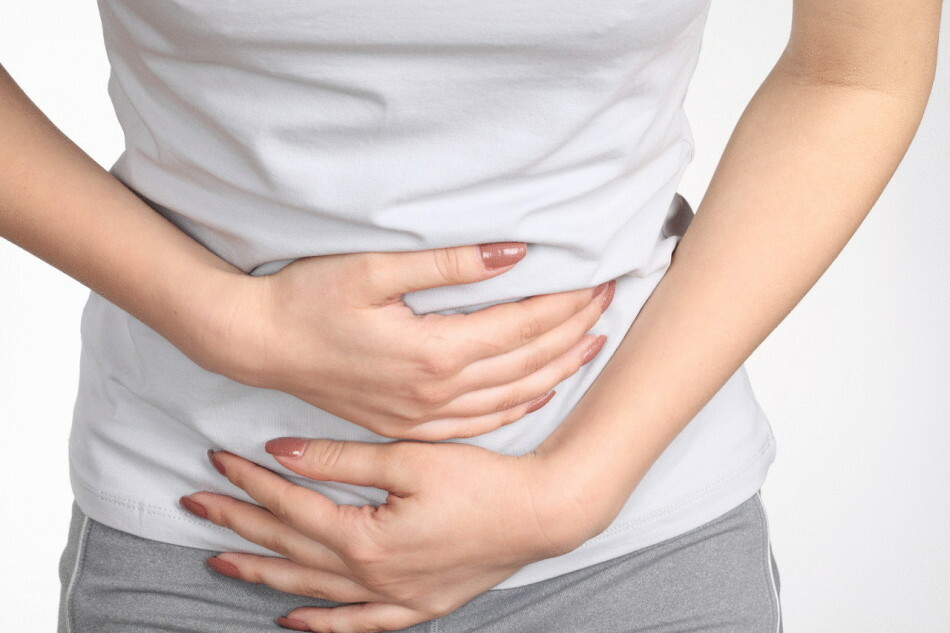 The onset of hepatic colic occurs abruptly. The pain literally twists the person in half.
The onset of hepatic colic occurs abruptly. The pain literally twists the person in half. Also the cause of acute pain in biliary( hepatic) colic can be:
- increased pressure in the body due to overstretching of its stone.
- dyskinesia( insufficient or excessive) reduction of the gallbladder.
- inflammatory processes in the pancreas, cholangitis( inflammation of the bile ducts).
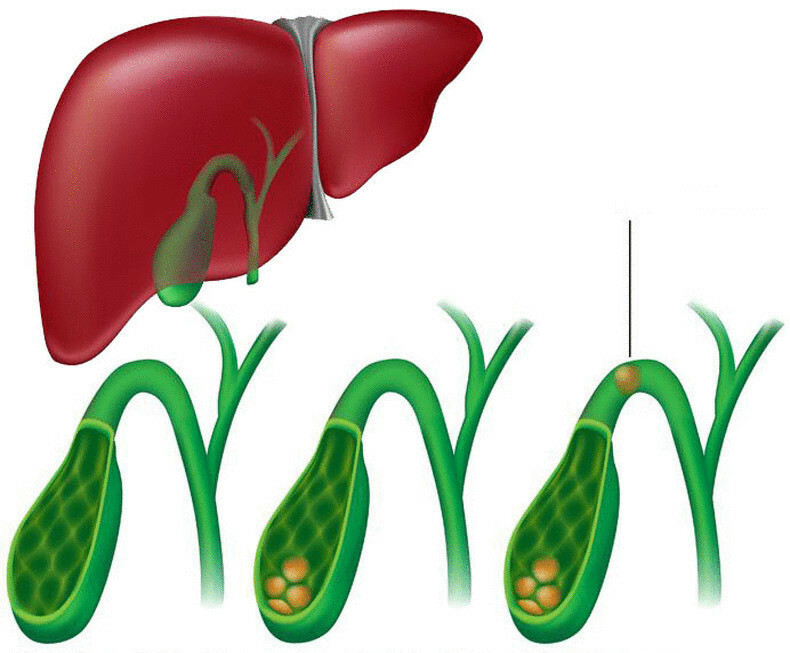 Movement of stones in the gallbladder is the main cause of hepatic colic.
Movement of stones in the gallbladder is the main cause of hepatic colic. The causes that cause functional changes in the functioning of the gallbladder and biliary tract causing bile( hepatic) colic are called:
- disorders of the
- diet psychoemotional loads
- alcohol and smoking abuse
Biliary and hepatic colic, symptoms and treatment
In addition to acute, prolonged crampingpain, other symptoms of biliary( hepatic) colic are:
- nausea and vomiting
- constipation or vice versa, frequent stool
- flatulence
- in some casesjaundice and fever
Treatment biliary( liver) colic assigned during a diagnosis.
IMPORTANT: Establish a diagnosis helps ultrasound, which determines the sand, concrements in the gallbladder, their number and size.
Sometimes cholecystography is performed - the introduction of radiopaque substance orally, intravenously and intramuscularly. With the help of cholecystography, the gallbladder and its anomalies are examined.
 Cholecystography.
Cholecystography. First emergency aid for biliary and hepatic colic
The patient and his relatives should have an ambulance if they have colic.
- Ambulance is needed to clarify the diagnosis and make the patient the necessary injections that facilitate his condition.
- First aid is extremely necessary if the patient has jaundice of the skin, he has a fever( fever and his shivering), if his blood pressure is lowered and confusion is felt. This is an emergency situation for the hospitalization of such a patient.
If the hepatic( bilious) colic in the patient does not arise for the first time, then he will receive the help:
- antispasmodic drugs
- analgesics such as ketorolac or tramadol
- combined preparations with antispasmodic and analgesic effect( spasming, taking)
IMPORTANT: It is possible to give the suffering patient nitroglycerin under the tongue, which will also have an impact on the removal of spasm of the smooth muscles of the gallbladder.
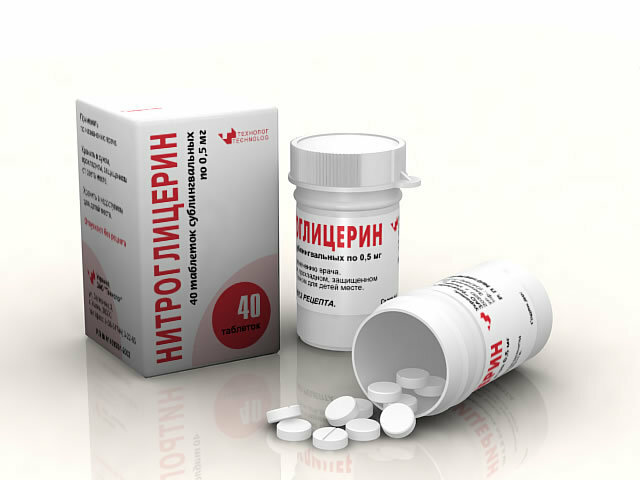 To remove spasm in the gallbladder will help nitroglycerin.
To remove spasm in the gallbladder will help nitroglycerin. How to remove biliary and hepatic colic at home?
At home it is recommended to always have antispasmodics and take them immediately if there is biliary colic.
Also the doctor can show, and the patient master the technique of massage pressing on special muscles in order to relax the muscles of the gallbladder. This massage is performed by pressing on the muscles during the period of easing of the painful spasm.
VIDEO: Arthrosis massage, hepatic colic
Diagnosis and prevention of biliary and hepatic colic
Diagnosis of biliary or hepatic colic allows:
- symptomatology
- examination and palpation by the patient's physician
- blood test revealing inflammation( increased number of leukocytes, accelerated) ESR
- US
- roentgenography
- cholagogue breakfast( two raw yolks on an empty stomach) for determination of biliary dyskinesia
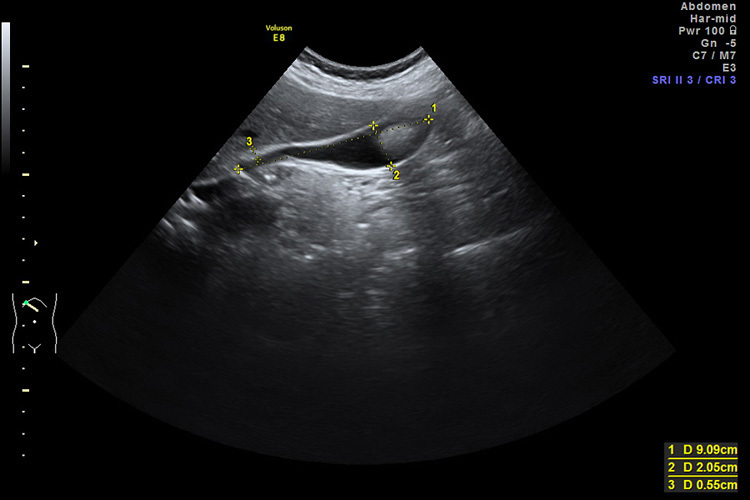 Biliary ultrasound - diagnostic measure for patientshepatic colic.
Biliary ultrasound - diagnostic measure for patientshepatic colic. Prevention:
- Diet is the first and most necessary condition for the prevention of biliary or hepatic colic. With cholelithiasis and liver disorders, table No. 5 is prescribed in more detail.
- Morning gymnastics or other feasible physical activity to disperse bile.
- In the absence of inflammation and colic for preventive purposes, take cholagogue - medicinal herbs or medications. Pharmacies also have special cholagogue herbal preparations. To clear the gallbladder and improve the outflow of bile, prophylactic cholagogue should be taken on an empty stomach. It is also desirable after taking the funds to lie down for a while on the right side, attaching a warm water bottle.
IMPORTANT: Cholagogue should be taken with a doctor if there is no calcified calculus in the patient, which during the outflow of bile may clog the bile ducts.
Treatment of biliary and hepatic colic
- Litholitic therapy -( for the dissolution of gallstones)
- Injection of pancreosimin and cholecystokinin( with gallstone colic for improvement of gallbladder outflow).Galloping colic is the inflammation of the gallbladder wall.
- Surgical( removal of the gallbladder due to the stones that filled it).
Drugs for biliary and hepatic colic
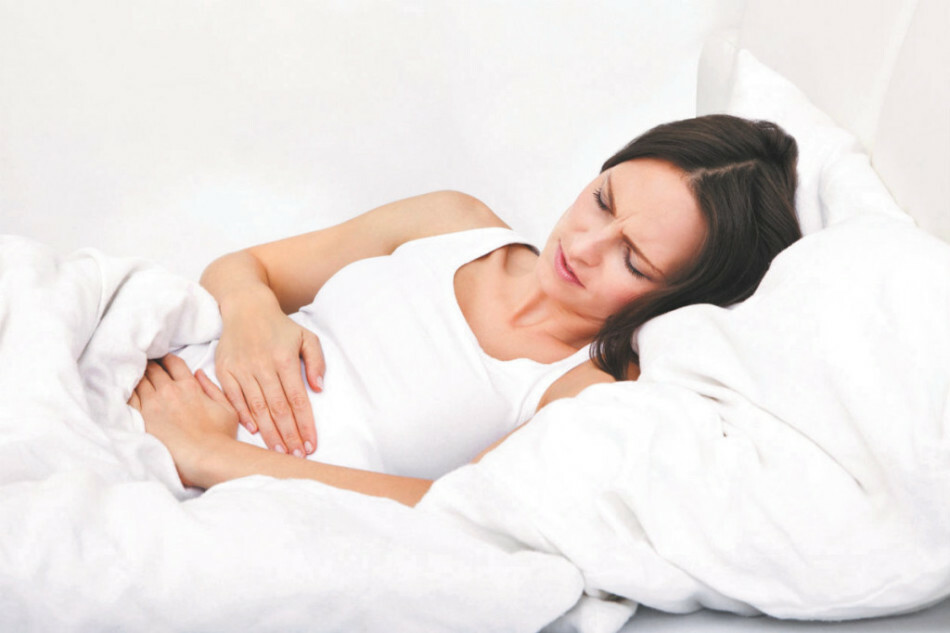 To remove pain syndrome with biliary colic, antispasmodics will help.
To remove pain syndrome with biliary colic, antispasmodics will help. To help a patient to stop an attack of biliary( hepatic) colic, he needs spasmolytic( in the first place) and sometimes pain medications.
Effective are such antispasmodics:
- no-drip( drotaverin)
- papaverine
- atropine
- duspitalin( mebeverin)
